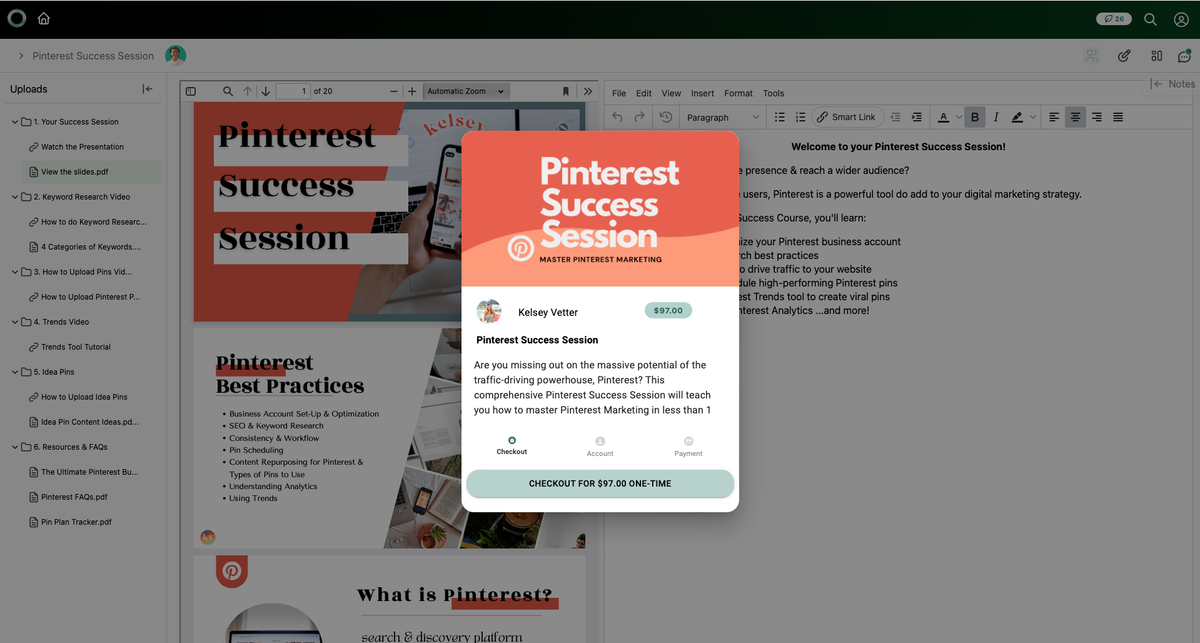How to Start Digital Products for Beginners

Creating and selling digital products can be a rewarding venture for beginners looking to explore online entrepreneurship. Here’s a step-by-step guide to get started.
1. Identify Your Niche and Audience
Before creating a digital product, identify a niche market and understand the needs of your target audience. Consider what type of content or solutions would provide value to them.
2. Choose Your Digital Product
Select a digital product type based on your skills and audience preferences. Common options include e-books, online courses, templates, graphics, software, or digital art.
3. Create Your First Digital Product
Begin by developing your digital product. Use tools like Canva for designing graphics, Google Docs for creating documents, or video editing software for courses. Ensure your product is well-organized, valuable, and visually appealing.
4. Set Up a Platform to Sell
Decide where you want to sell your digital product. You can start by using platforms like Gumroad, Etsy, or even your own website. For a secure selling experience, consider using Kahana, which allows you to protect your digital content from piracy.

5. Create a Marketing Strategy
Develop a marketing plan to promote your digital product. Leverage social media, content marketing, email newsletters, and collaborations with influencers to reach your target audience.
6. Optimize for Sales
Optimize your product page or platform for conversions. Use compelling visuals, persuasive copywriting, and customer testimonials to build trust and encourage sales.
7. Launch and Monitor
Launch your digital product and monitor its performance. Collect customer feedback and use analytics to refine your product and marketing strategy.
8. Scale and Expand
Once you have successfully launched your first digital product, consider scaling your offerings or creating new products based on customer demand and market trends.
Examples of successful digital products


Selling digital products can be profitable with dedication, creativity, and a commitment to providing value to your audience. While the process may seem daunting at first, starting small and refining your approach over time will lead to success in the digital products space.


